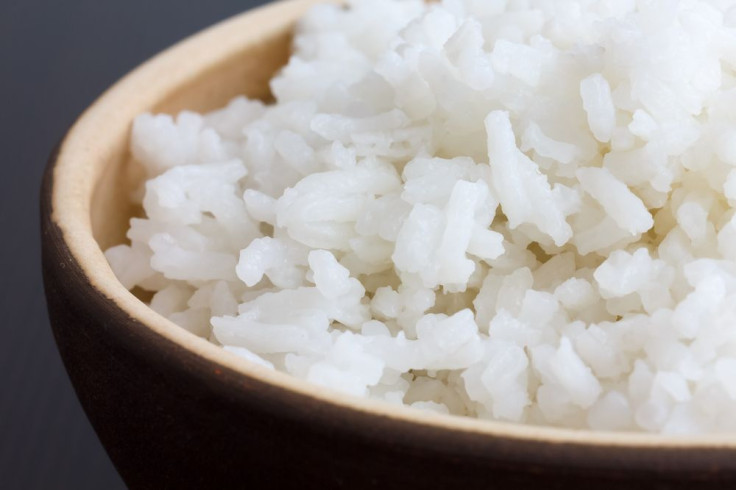Rice Rice Baby: Unique Cooking Method Removes Maximum Amounts Of Arsenic From Food And May Inspire New Rice Cooker Design

Although rice is the most widely eaten food in the world, it also contributes the most arsenic to the human diet. Cooking and rinsing rice does help to eliminate some of its natural arsenic, but according to a recent study, preparing rice in a coffee maker is an even more effective way of getting the toxin out of your food.
Arsenic is a semi-metallic chemical naturally found in groundwater. Although most fruits and vegetables contain very small amounts of arsenic, rice absorbs the higher levels of the toxin because it is grown in large, flooded paddies. The FDA has noted, however, that rice’s arsenic levels are unlikely to cause any health problems, but still experts advise that rice be rinsed thoroughly in hot water in order to remove as much arsenic as possible before consumption.
If ingested in large quantities, arsenic can cause a condition known as arsenicosis. This condition is characterized by abdominal pain, diarrhea, dark urine, vertigo, and delirium. In extreme cases, arsenic poisoning can even lead to death.
When arsenic in rice comes in contact with water, it becomes “mobile” and separates from the grain, Scientific American reported. This method works even when rice is rinsed with water that also contains high levels of arsenic. Working off this idea, Andrew Meharg, a plant and soil scientist, and his team at Queen’s University in Belfast, UK, hypothesized that increasing the amount of water rice was exposed to would also increase arsenic depletion.
To investigate this theory, the team engineered a special rice cooking device that continuously condensed steam to produce a fresh supply of distilled water. The team also cooked rice in a coffee maker to simulate a way this method could be used in a real life setting.
Results varied depending on the type of rice used, but overall showed that the steam apparatus removed around 60 to 70 percent of rice's arsenic. Rice cooked in the coffee percolator had around a 50 percent drop.
While the results are interesting, the researchers admit they do not expect consumers to start cooking their rice in coffee makers. Instead, they hope the findings will inspire manufacturers to create new rice cooking machines modeled after this method, Time reported.
Although new cooking methods can help to remove large quantities of arsenic from rice, the FDA advises there are other ways to help limit the amount of arsenic in your diet. Eating a large variety of different types of food and varying the type of grains you include in your diet can also be an effective way to reduce arsenic consumption.
Source: Meharg AA, Carey M, Jiujin X, Farias JM. Rethinking Rice Preparation for Highly Efficient Removal of Inorganic Arsenic Using Percolating Cooking Water. PLOS ONE. 2015.
Correction: An earlier version of this story incorrectly stated the percentage of arsenic removed by the coffee percolator.
Published by Medicaldaily.com



























